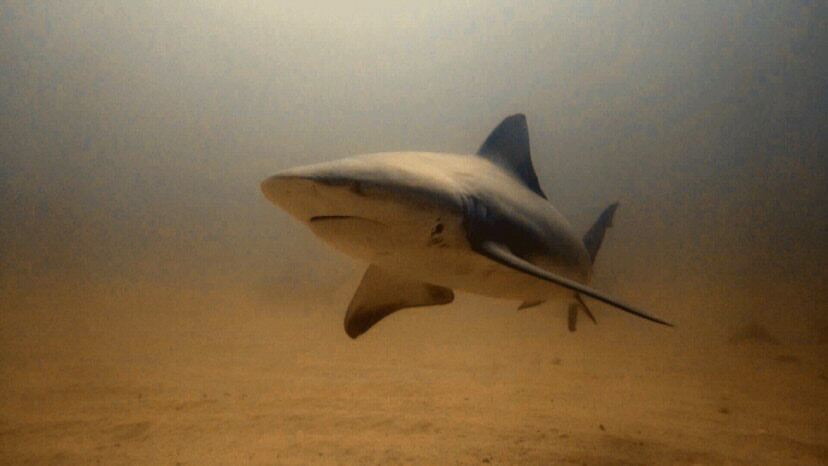From Cambridge to La Paz
By Joel Gayford
After a tough semester of study in Christ’s College Cambridge, I was ready for the internship I had been looking forward to for so long! Despite the global pandemic, the journey from London to Mexico City was calm and trouble free. After a night’s rest and a short domestic flight, I finally arrived in the small airport of La Paz. 15 minutes later and I was on my way to La Paz, with Dr. Darren explaining the city to me (and its sharks, of course!). After a quick orientation around the barrio in which I would be staying, I decided to get an early night, feeling rather jet lagged from the time difference.
Preparing BRUVS at the office
My first day at the office began with a pleasant cycle along the Malecón, something I would soon become accustomed to. Before long I was learning how to safely handle sharks, process various forms of data, and set up BRUVs. Later that evening we went night fishing, and although we didn’t find any sharks, it was great to be out on the ocean enjoying the beautiful La Paz sunset. During the following days I was introduced to several of the other projects, such as the whale shark project. It wasn’t my first time swimming with whale sharks, but this was a whole different kind of experience! Within 3 hours we had encountered 14 whale sharks, taking ID photos for the database. Whilst slightly daunting at first, the data collection process was soon ingrained in my mind, which was just as well as the whale sharks weren’t going anywhere any time soon!
Over the following weeks I was introduced to the other projects which Pelagios is involved in, from the fish camp project to the Cabo Pulmo aerial and census projects. Whilst working with shark fisherman can be challenging emotionally and ethically, I soon came to realise that these people don’t have easy alternatives, and that collaboration is the best way not only to access valuable data, but to create dialogue between biologists and fishermen. It was here that I gained my first experience handling and measuring large sharks, taking blood samples and fin clips, as well as morphological data.
Taking samples at fish camp
Cabo Pulmo is a special place, not only for Baja or for Mexico, but for the world. The most successful marine national park in history, and you soon see why. The trip from La Paz was bumpy and long, but every minute was worth it to witness the beautiful and isolated town. Here I assisted a program surveying blacktip sharks aggregations, writing essays in my breaks. On my second visit I dove the reefs, conducting a bull shark population census. This was a special experience, as bait or chum is not necessary to attract the sharks, and they come close without fear of the divers. Marine biology is not all swimming with sharks, and of course I had my fair share of office days during my stay. During this time I set up a software for analysing blacktip behaviour, and another for databasing pelagic shark photos and sighting information. Many hours were spent filling in spreadsheets and troubleshooting code, but this is a valuable part of research, and something that I came to find rewarding.
Writing my essays in Cabo Pulmo
Bull sharks while scuba diving
Now, at the end of my stay after nearly 4 months, I can reflect on all the unique and amazing experiences I have had at Pelagios. From swimming with over 150 whale sharks, to investigating unexplored mangroves, and from weekends in Cabo San Lucas in search of Mako sharks and humpback whales to the beautiful sunsets of La Paz. I have met many great scientists and students, and can say that I have thoroughly enjoyed my time here with Pelagios, and can’t wait to come back!
A whale shark in the Bay of La Paz
Blog publication date: March 29, 2021






